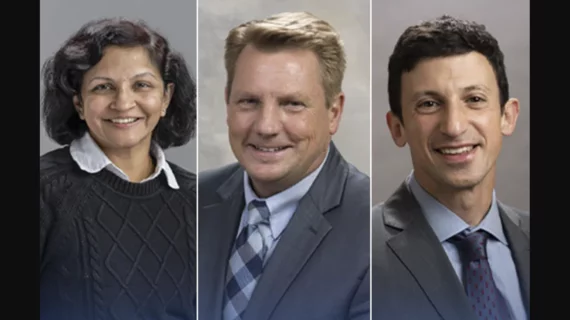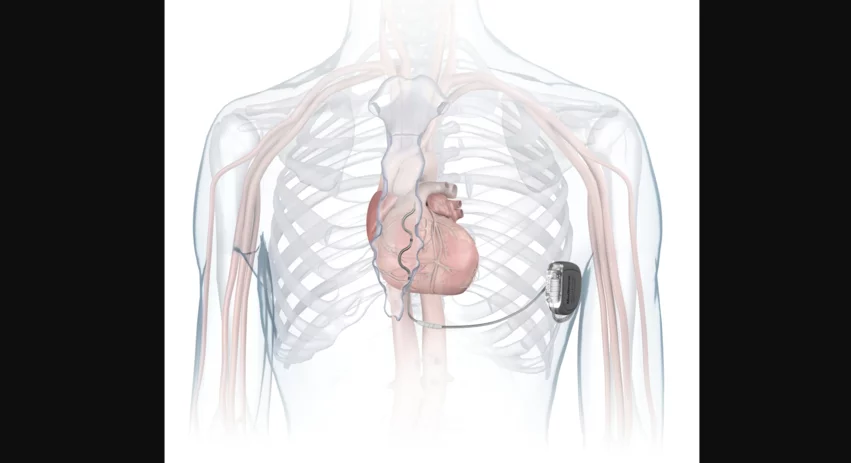History made: Young child treated with new heart device for very first time
A care team in Illinois has performed the first heart procedure of its kind on a two-year-old patient diagnosed with Brugada syndrome.
The pediatric patient suffered a sudden cardiac arrest at home and was revived when his parents performed CPR. He was then transported to OSF Healthcare Children’s Hospital of Illinois in Peoria.
“Most kids that go through that, unfortunately, don’t survive,” Harma Turbendian, MD, a pediatric cardiac surgeon at the hospital, said in a statement from OSF Healthcare. “So, this was fast-acting parents who knew what they were doing, then EMS, followed by our team here in the ICU.”
The patient’s care team determined he would benefit from receiving the extravascular implantable cardioverter-defibrillator (EV-ICD) developed by Medtronic to treat abnormal heart rhythms. These devices are traditionally only implanted in adults or older children, but the group agreed that treatment with the Medtronic EV-ICD represented the patient’s best chance for a long, healthy life.
The procedure itself was minimally invasive, requiring only small incisions used to implant the device, and was a success.
“Given that a two-year-old is going to grow leaps and bounds over the next decade or two, it's an excellent choice for him,” Sunita Ferns, MD, the hospital’s director of pediatric and adult congenital electrophysiology, said in the same statement. “When we tried this, it was the first time in the world that someone trialed it on someone this small.”
“Children in the past had to undergo much larger procedures, oftentimes a sternotomy or thoracotomy,” added Mark Plunkett, MD, the hospital’s chief of pediatric and congenital heart surgery. “The devices were often bigger, and we were sewing patches on the heart or implanting coils. And some of those devices were not as effective as this new technology.”
Medtronic first gained U.S. Food and Drug Administration approval for the Aurora EV-ICD in October 2023. It is the first commercially available ICD in the United States that is placed outside of the patient’s vascular space. It is capable of defibrillation, anti-tachycardia pacing and back-up pacing therapies.
The American Hospital Association highlighted the importance of this procedure on its own website, highlighting the excitement these heart specialists have generated.


